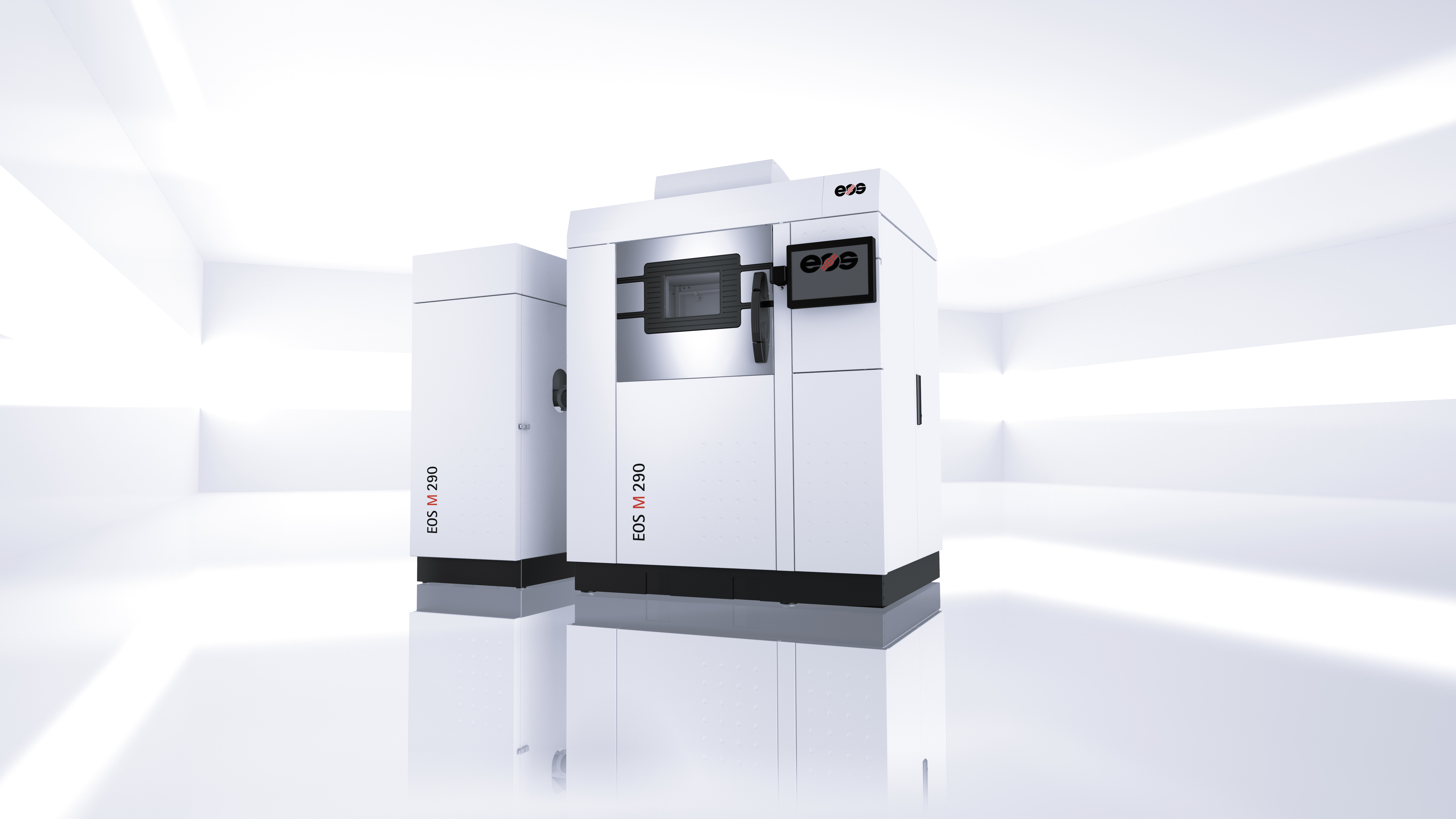Technological advances continue to open up new possibilities in healthcare, allowing surgeons and other practitioners a great array of options when serving the needs of their patients. Few areas are progressing as rapidly as additive manufacturing.
Earlier this year, Precision Engineered Products (PEP) Group of NN, Inc. announced it had taken a major step forward, by validating their direct-metal laser sintering (DMLS) additive manufacturing processes and materials. The possibility exists to go just about anywhere in the medical device field, but the company is seeing adoption in orthopedics, where engineers are taking advantage of advanced software tools to create implants with the sort of lattice structures that have been proven to promote integration with the adjacent bone.
At the time of the announcement, John Manzi, senior vice president NN, Inc. PEP, touted the company’s rigorous levels of testing.
“Along with our process development efforts, we thoroughly tested it to help ensure dimensional accuracy, tensile strength, density, and metallurgy all met our validation requirements,” Manzi said.

The EOS M 290 additive manufacturing device. (Image credit: EOS)
With additive manufacturing technologies, the expense to produce a part is roughly the same regardless of the complexity of the structure being created. The challenge in this area has been in the actual design files for products that include lattice-type structures, which require a level of intricacy that can be exhausting and previously resulted in electronic models that were difficult to manage. As increasingly robust software programs have lessened that burden, the efficacy of shifting toward lattice structures in 3D-printed implants has increased correspondingly.
“This used to be a secondary operation, putting the lattice structure onto the substrate or onto the part,” says Toby Farling, director of additive manufacturing at NN, Inc. PEP. “Now it’s much more convenient to build that lattice structure as a feature of the part using the additive manufacturing technologies. To put a lattice structure on a part after it has been machined is quite an elaborate, expensive and time consuming process, but now with additive you can print it directly onto the part as a feature.”
As with all technologies, advancements will bring down costs further, making it available to a wider array of patients. Daniel Anderson, the director of emerging technologies with NN, Inc. PEP, also notes that there’s another potential benefit of making additive manufacturing a more commonly used tool: innovation.
“The other impact on the work design engineers comes from the ability to specifically design those structures that previously had an element of randomness inherent to their processes,” Anderson says. “Now that we can be very deliberate about the designs, there’s a chance that maybe they’ll even come across a design that’s better than anything they’ve had in the past.”




